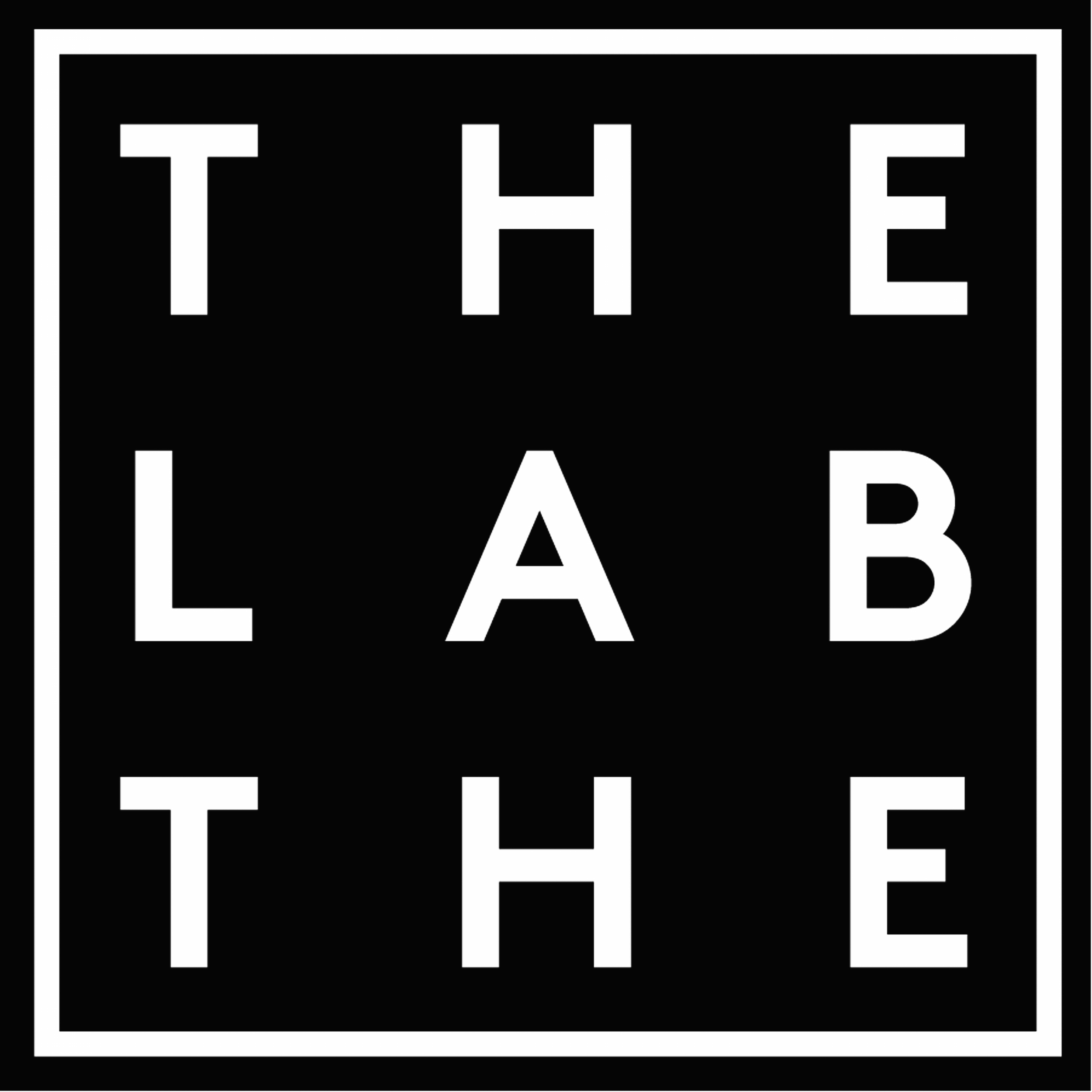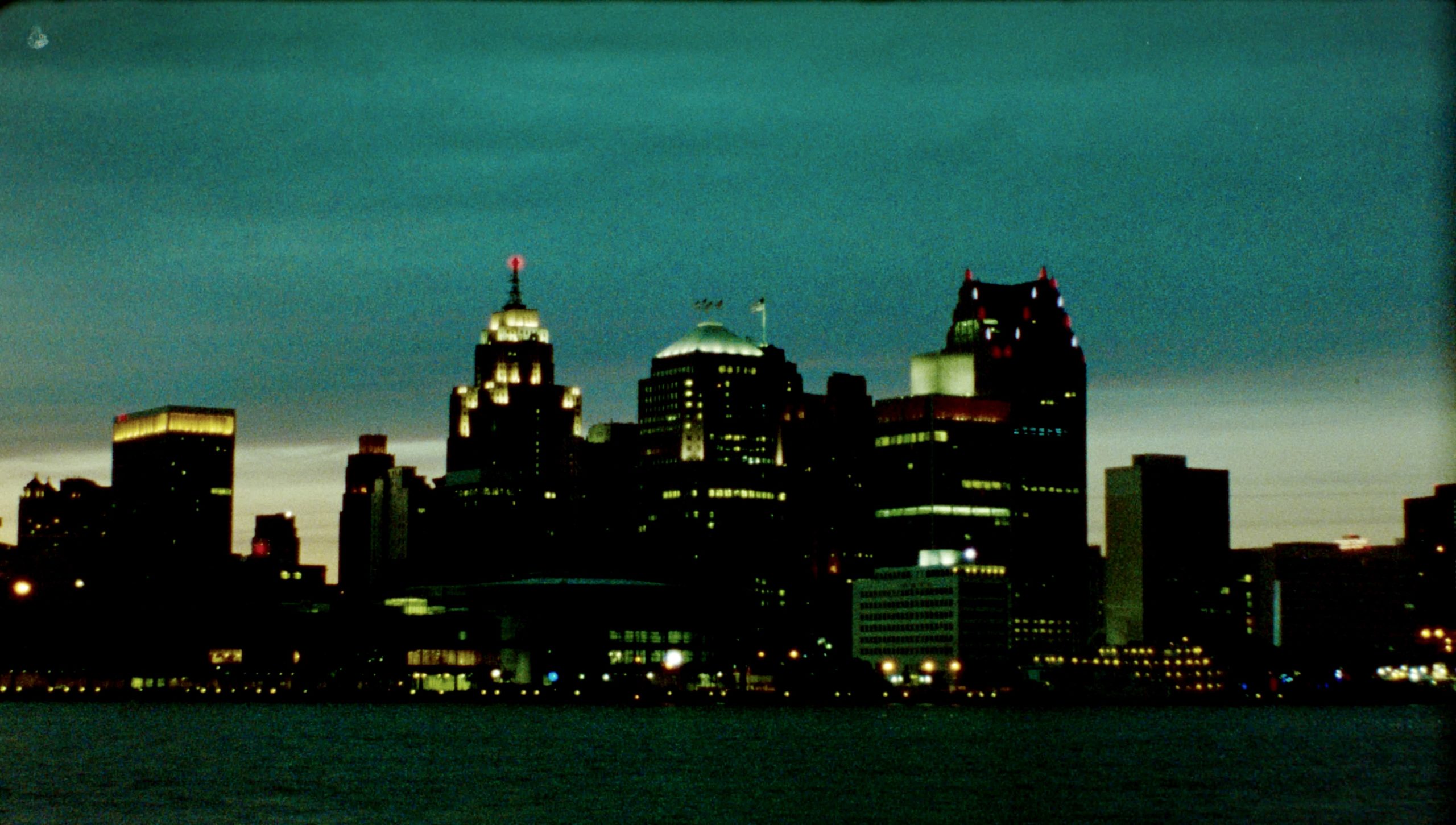 The Newest Olds (2022) by Pablo Mazzolo
The Newest Olds (2022) by Pablo Mazzolo
water and fire (a seasonal beast)
Sunday, September 10 | 3:15pm at Gray Area
Bookended by two works of masterfully alchemical printing and layering by Alexandre Larose and Pablo Mazzolo, the works in this program explore the aesthetics of the seasons and the volatility and grace of landscape while the external and internal continuously collapse into each other. Water and fire abide precariously and boundaries tremble.
SCREENING: I. (2022) by Alexandre Larose (Canada); 35mm screened as digital video, color, silent, 14 minutes. With The Tide, with the tide (2020) by Anna Kipervaser (Ukraine/US); 16mm, color, sound, 3 minutes. Yaangna Plays Itself (2022) by Adam Piron (Kiowa/Mohawk); digital, color, sound, 7 minutes. Moonrise (2022) by Vincent Grenier (US/Canada); digital video, b&w, sound, 5 minutes. A Fire’s Poem (2022) by Toney W. Merritt (US); digital video, color, sound, 4 minutes. hoy antes hoy (2022) by Nicole Remy (Peru/Spain); digitalized Super 8, color, silent, 3 minutes. San Lorenzo Creek (2023) by Michael Damm (US); digital video, color, silent, 4 minutes. Hough 66 (2023) by Kevin Jerome Everson (US); digital video, b&w, silent, 8 minutes, exhibition file from Picture Palace Pictures. Damp Moss (2023) by Christopher Thompson (US); digitalized Super 8, color, sound, 5 minutes. The Newest Olds (2022) by Pablo Mazzolo (Argentina); digital video-35mm, color, sound, 15 minutes. TRT: 66 minutes
program community partner: The Lab
PROGRAM TICKETS
$12 General/$10 Cinematheque Members, Gray Area Members & students (with ID)
FESTIVAL PASSES
$110 General/$88 Cinematheque Members, Gray Area Members & students (with ID)
← 1 2 3 4 5 6 7 8 9 10 →
CROSSROADS 2023
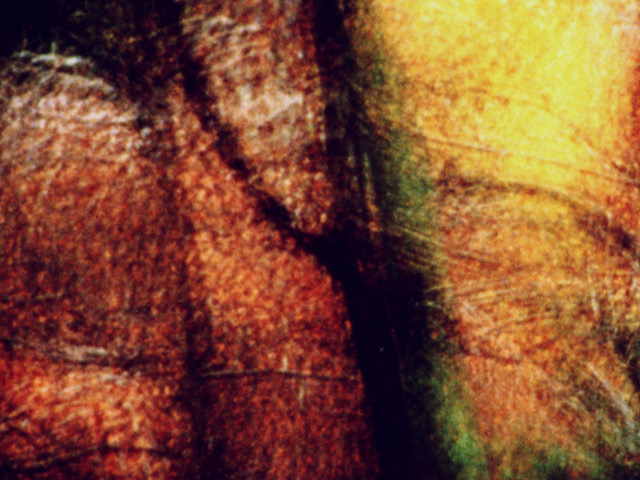
I. (2022) by Alexandre Larose
First part of a triptych conceived and shot during a residency at the Récollets in Paris (France). This serial exploration is inspired by various habitual and imagined gestures/actions performed by my parents, mainly within the domestic spaces of the family home. In this triptych my father is the central figure, with each part set in its own location. (Alexandre Larose) bay area premiere
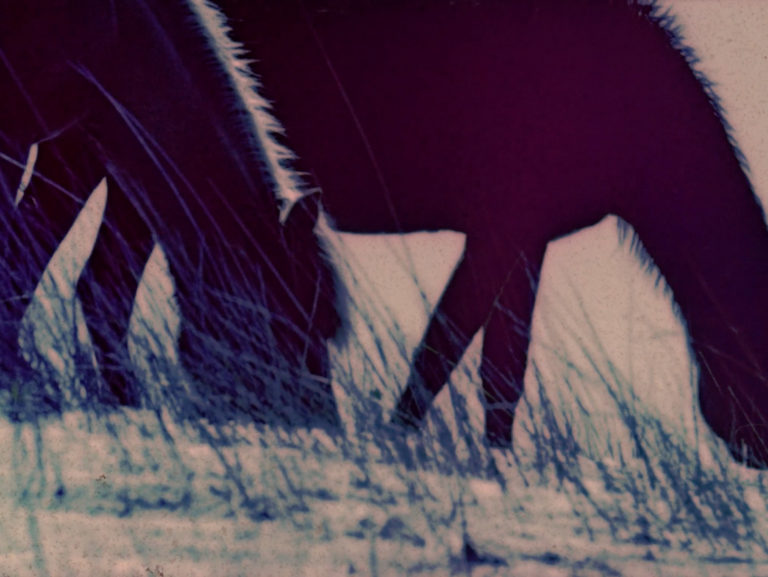
With The Tide, with the tide (2020) by Anna Kipervaser
I know, you’re a seasonal beast / Like the starfish that drift in with the tide / With the tide / So until your blood runs / To meet the next full moon / Your madness fits in nicely with my own / With my own / Your lunacy fits neatly with my own / My very own (Robert Wyatt, Sea Song) bay area premiere
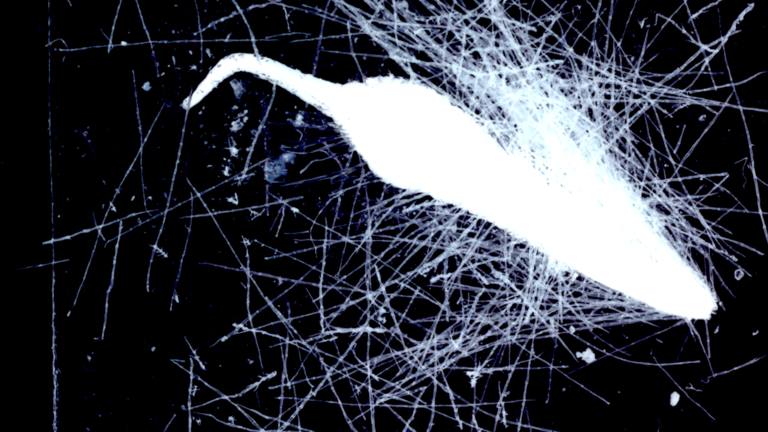
Yaangna Plays Itself (2022) by Adam Piron
An ode to the memories of El Aliso, the sycamore tree that once stood at the center of Yaangna, the Indigenous village that Los Angeles grew out from. All elements sourced in the film are from the original site and the nearby Los Angeles River. (Adam Piron) bay area premiere
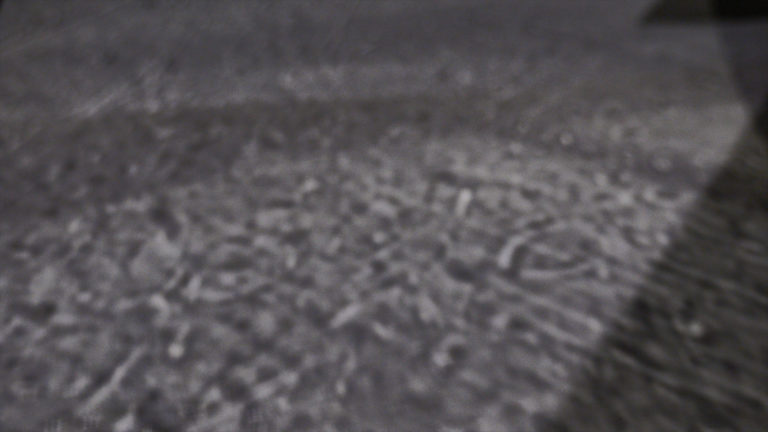
Moonrise (2022) by Vincent Grenier
In the playful and hypnotic miniature Moonrise, falling rain and its sweeping pock-filled shadows are set to an audio collage of DIY foley mimicking the persistent pitter-patter. (TIFF) US premiere

A Fire's Poem (2022) by Toney W. Merritt
Fire is a living entity that requires—no demands—respect. Trail camera footage of the 2020 Walbridge Fire on the ridge above our home. (Toney W Merritt) world premiere
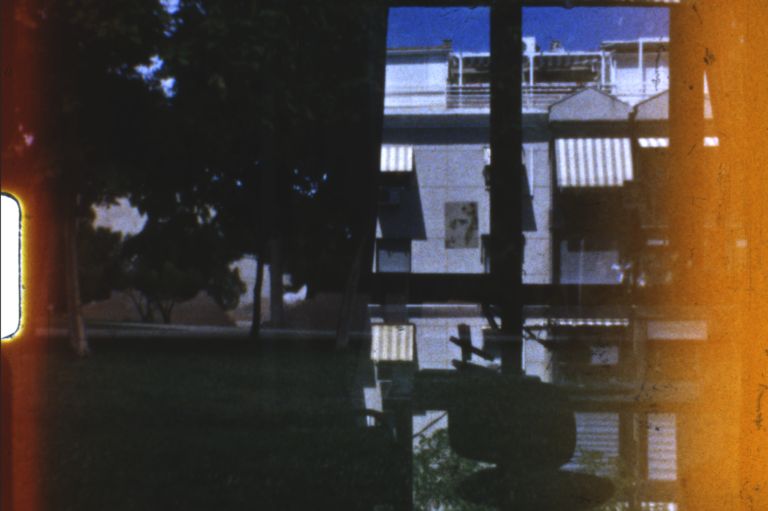
hoy antes hoy (2022) by Nicole Remy
A passing between inside and out. Two spaces that I inhabit and that coexist in the same timeline through camera montage. I film a 360º portrayal of Tierno Galvan park in Madrid, leaving frames unexposed throughout the film. Later, manually rewinding the film to the start, I return to the black frames to portray the interior of my room. (Nicole Remy) US premiere
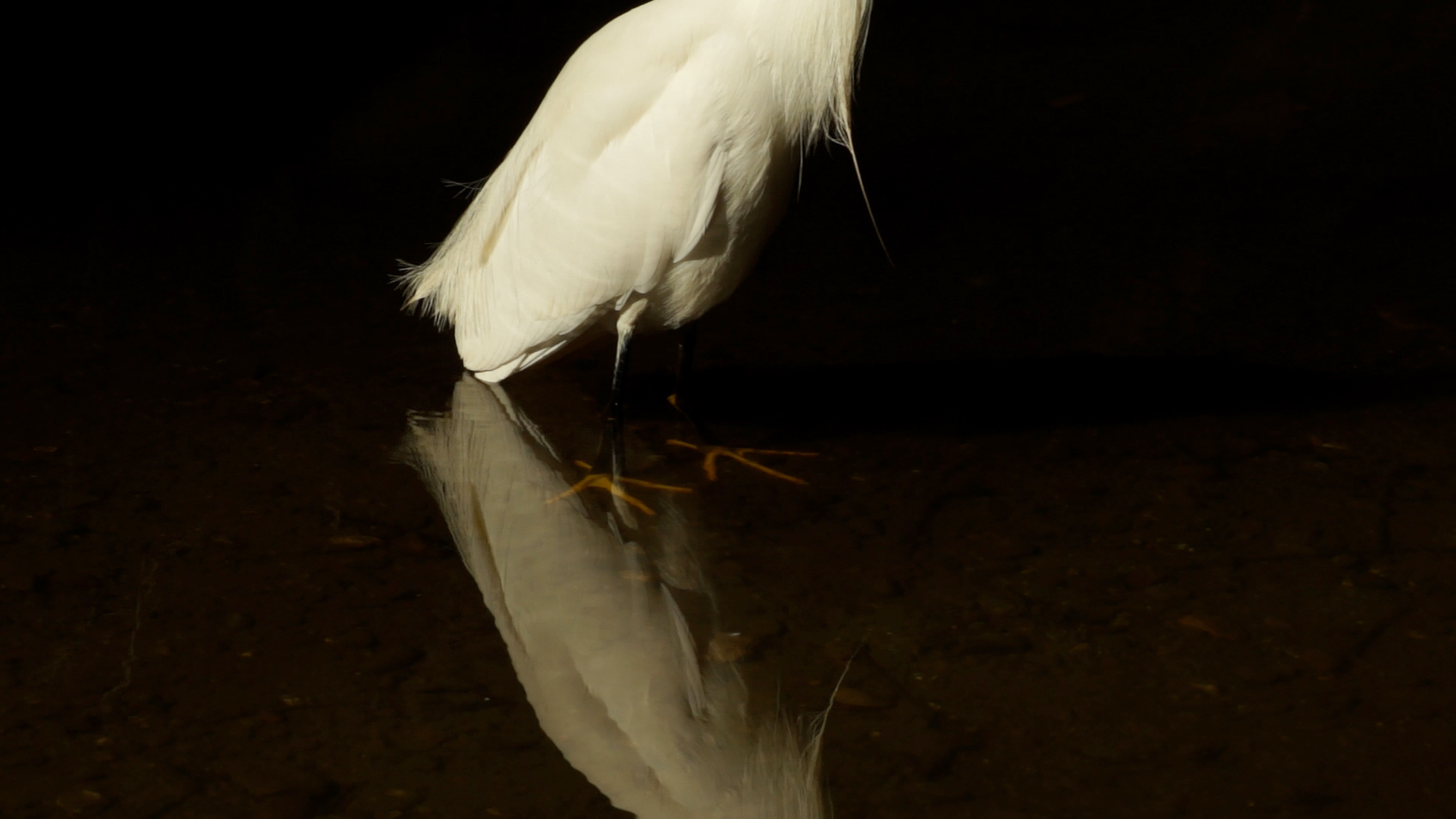
San Lorenzo Creek (2023) by Michael Damm
San Lorenzo Creek traverses a ribbon of wild land that cuts through suburban hills on the eastern side of San Francisco Bay. It’s a nature film that is also, inextricably, a city film. Its images document a space populated by synanthropes (wild animals that find habitat within urbanized environments) and trace the contours of an ecosystem where introduced or invasive plant species entangle with those that are native to the region. This complex mix of layers reflects the social processes of colonization and urbanization that shape the contemporary natural world. The film is silent and without text, and manifests solely through the interplay of shots, cuts and the space of the illuminated screen. (Michael Damm) world premiere
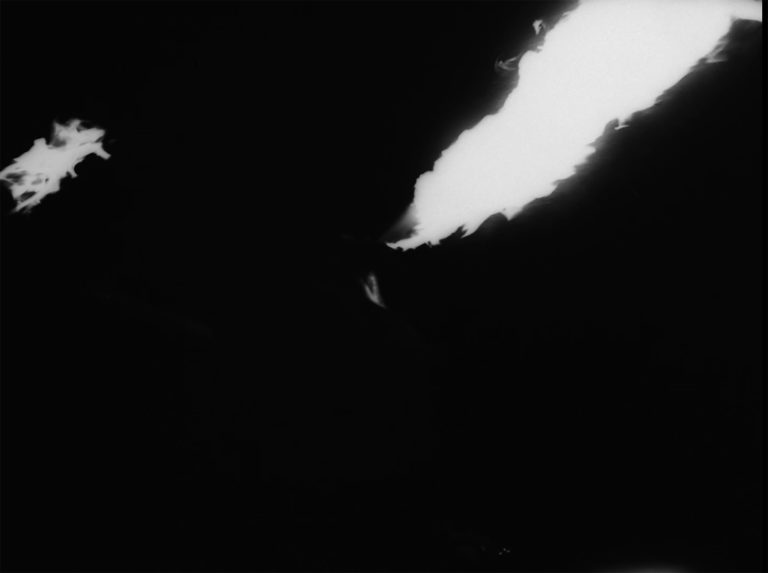
Hough 66 (2023) by Kevin Jerome Everson
Hough 66 has the talented Fuego Mansa Mufasa exhibiting the visuals of the 1966 Cleveland Ohio uprising. (Kevin Jerome Everson) bay area premiere
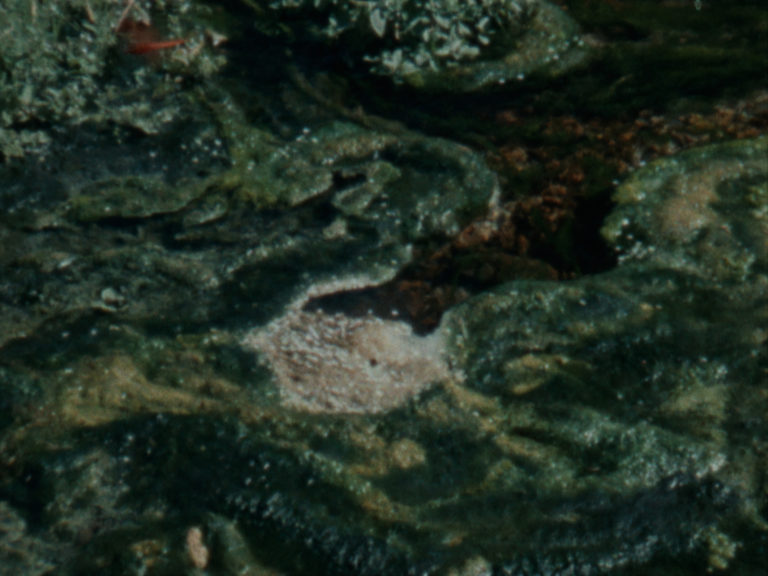
Damp Moss (2023) by Christopher Thompson
Glittering illusions of vectorized providence attempt to emulate an inherited physical realm of diminishing significance. (Christopher Thompson) bay area premiere
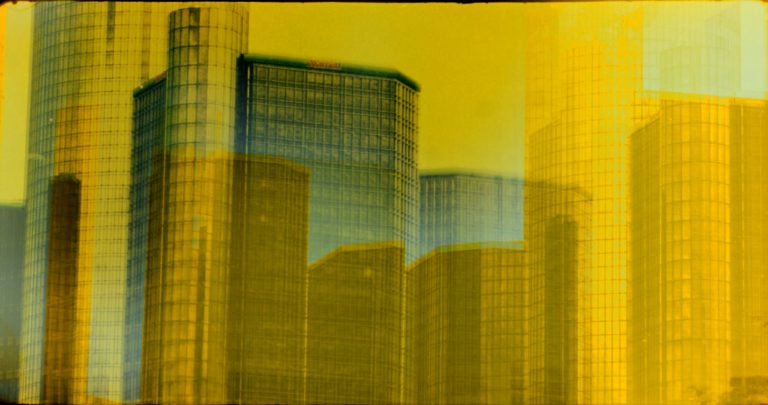
The Newest Olds (2022) by Pablo Mazzolo
The Newest Olds is the second installment in filmmaker Pablo Mazzolo’s cinematic diptych exploring the natural and urban environment within and surrounding the border region of Windsor–Detroit. The Newest Olds transforms Detroit’s iconic city-scapes, dislodging buildings from their foundations and collapsing the physical, political and sensory boundaries between Canada and the United States through alchemical, in-camera and optical printing techniques. (Pablo Mazzolo)
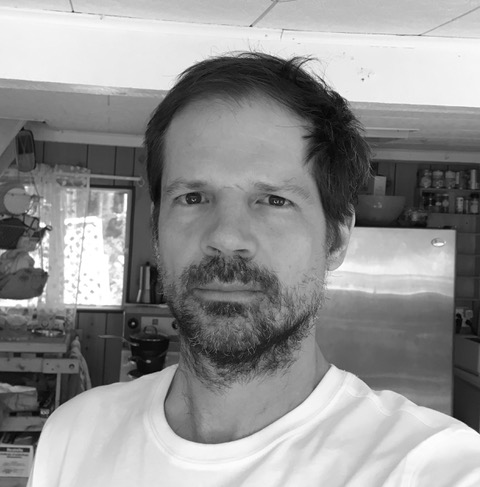 Alexandre Larose (Canada) is a moving-image artist based in Montréal, Québec. Larose began making films in the early 2000s, almost systematically involving close collaborations with engineers and film technicians to expand the point-of-view of the camera. His current practice heavily relies on in-camera techniques and hand-processing, which are the result of extensive experimentation with cinematography.
Alexandre Larose (Canada) is a moving-image artist based in Montréal, Québec. Larose began making films in the early 2000s, almost systematically involving close collaborations with engineers and film technicians to expand the point-of-view of the camera. His current practice heavily relies on in-camera techniques and hand-processing, which are the result of extensive experimentation with cinematography.
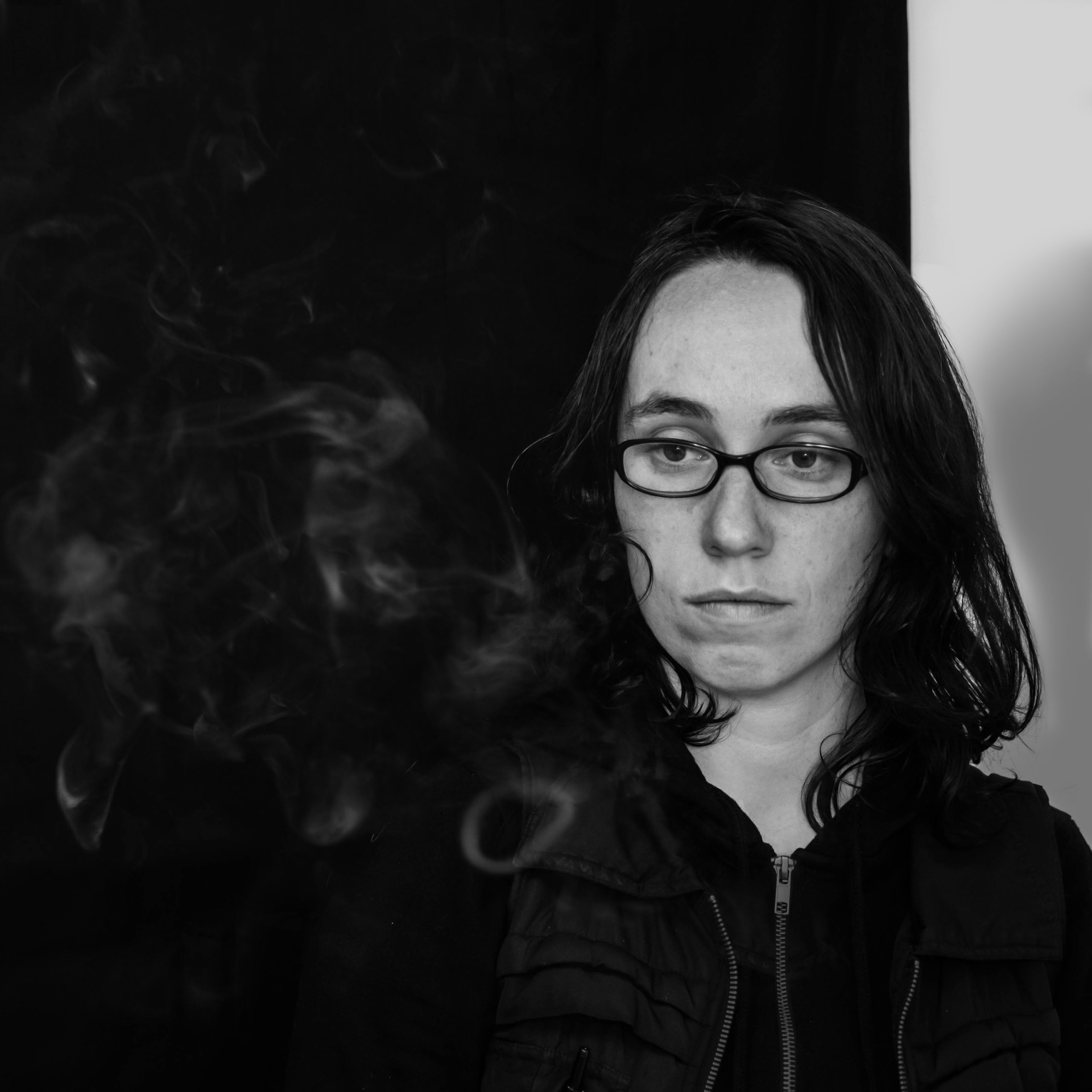 Anna Kipervaser (Ukraine/US) is a Ukrainian-born artist whose practice engages with a range of topics including human and animal bodies, ethnicity, religion, colonialism and environmental conservation. Her practice is informed by a commitment to formal experimentation, DIY and alternative processes across experimental and documentary moving image works in both 16mm film and video. Anna’s work screens at festivals, in classrooms, galleries, museums, microcinemas, basements and schoolhouses! Anna is also a painter, printmaker, educator, curator of exhibitions and programmer of screenings.
Anna Kipervaser (Ukraine/US) is a Ukrainian-born artist whose practice engages with a range of topics including human and animal bodies, ethnicity, religion, colonialism and environmental conservation. Her practice is informed by a commitment to formal experimentation, DIY and alternative processes across experimental and documentary moving image works in both 16mm film and video. Anna’s work screens at festivals, in classrooms, galleries, museums, microcinemas, basements and schoolhouses! Anna is also a painter, printmaker, educator, curator of exhibitions and programmer of screenings.
 Adam Piron (Kiowa/Mohawk) is a filmmaker and programmer based in Southern California. He currently serves as director of Sundance Institute’s Indigenous Program and is a cofounder of COUSIN, a collective supporting Indigenous artists expanding the form of film.
Adam Piron (Kiowa/Mohawk) is a filmmaker and programmer based in Southern California. He currently serves as director of Sundance Institute’s Indigenous Program and is a cofounder of COUSIN, a collective supporting Indigenous artists expanding the form of film.
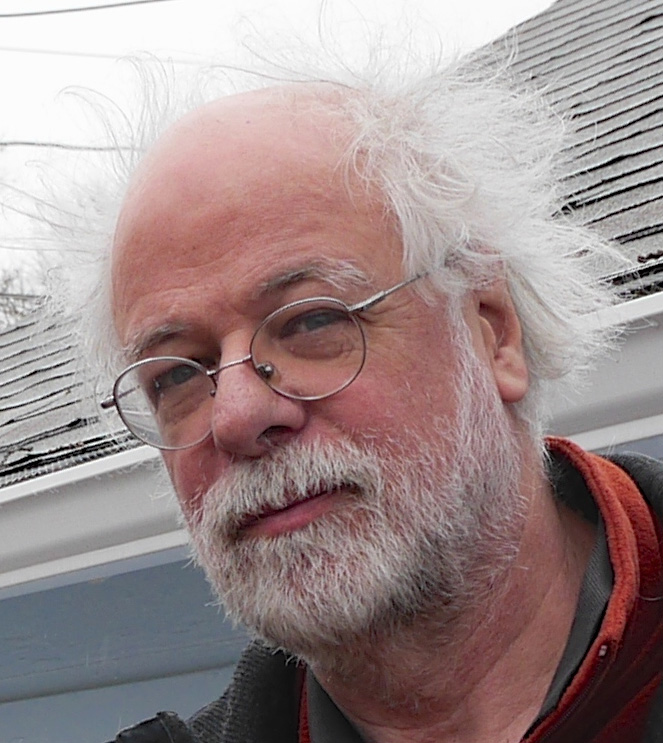 Vincent Grenier (US/Canada), a native of Quebec City, Canada graduated from the San Francisco Art Institute in the early 1970s, became programmer of the then Canyon Cinema for two years before moving to NYC. He has made over fifty films and videos. His video Tabula Rasa was screened in the “Best Avant Garde Films & Videos of the Decade” program at the Lincoln Center. Watercolor (2013) received top honors in Experimental Cinema at Black Maria and Athens Film Festivals. He has received a Guggenheim Foundation Fellowship, and a Stan Brakhage Vision Award. He currently lives in Ithaca NY.
Vincent Grenier (US/Canada), a native of Quebec City, Canada graduated from the San Francisco Art Institute in the early 1970s, became programmer of the then Canyon Cinema for two years before moving to NYC. He has made over fifty films and videos. His video Tabula Rasa was screened in the “Best Avant Garde Films & Videos of the Decade” program at the Lincoln Center. Watercolor (2013) received top honors in Experimental Cinema at Black Maria and Athens Film Festivals. He has received a Guggenheim Foundation Fellowship, and a Stan Brakhage Vision Award. He currently lives in Ithaca NY.
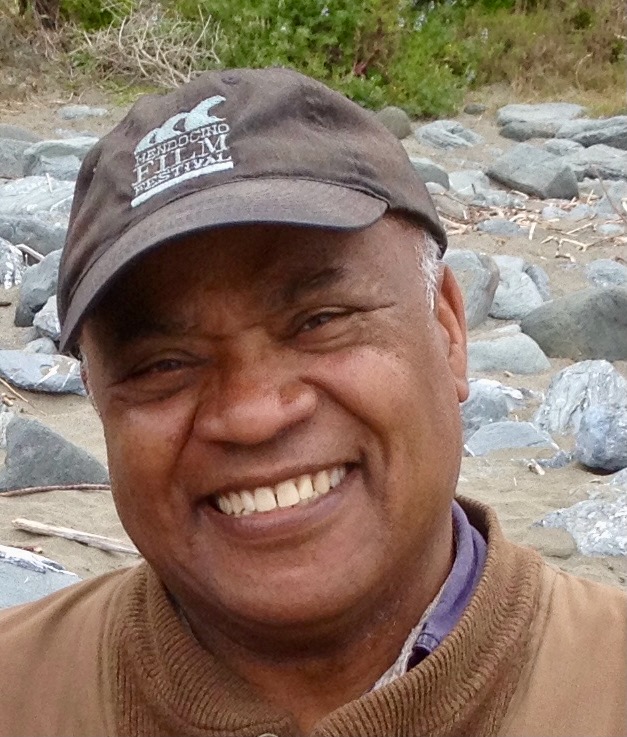 Toney W. Merritt (US): I have been an independent filmmaker for 50 years having completed well over 45 personal films and videos—experimental, narrative and documentary. As an Interdisciplinary Artist, I also work in other mediums including photography and sculpture.
Toney W. Merritt (US): I have been an independent filmmaker for 50 years having completed well over 45 personal films and videos—experimental, narrative and documentary. As an Interdisciplinary Artist, I also work in other mediums including photography and sculpture.
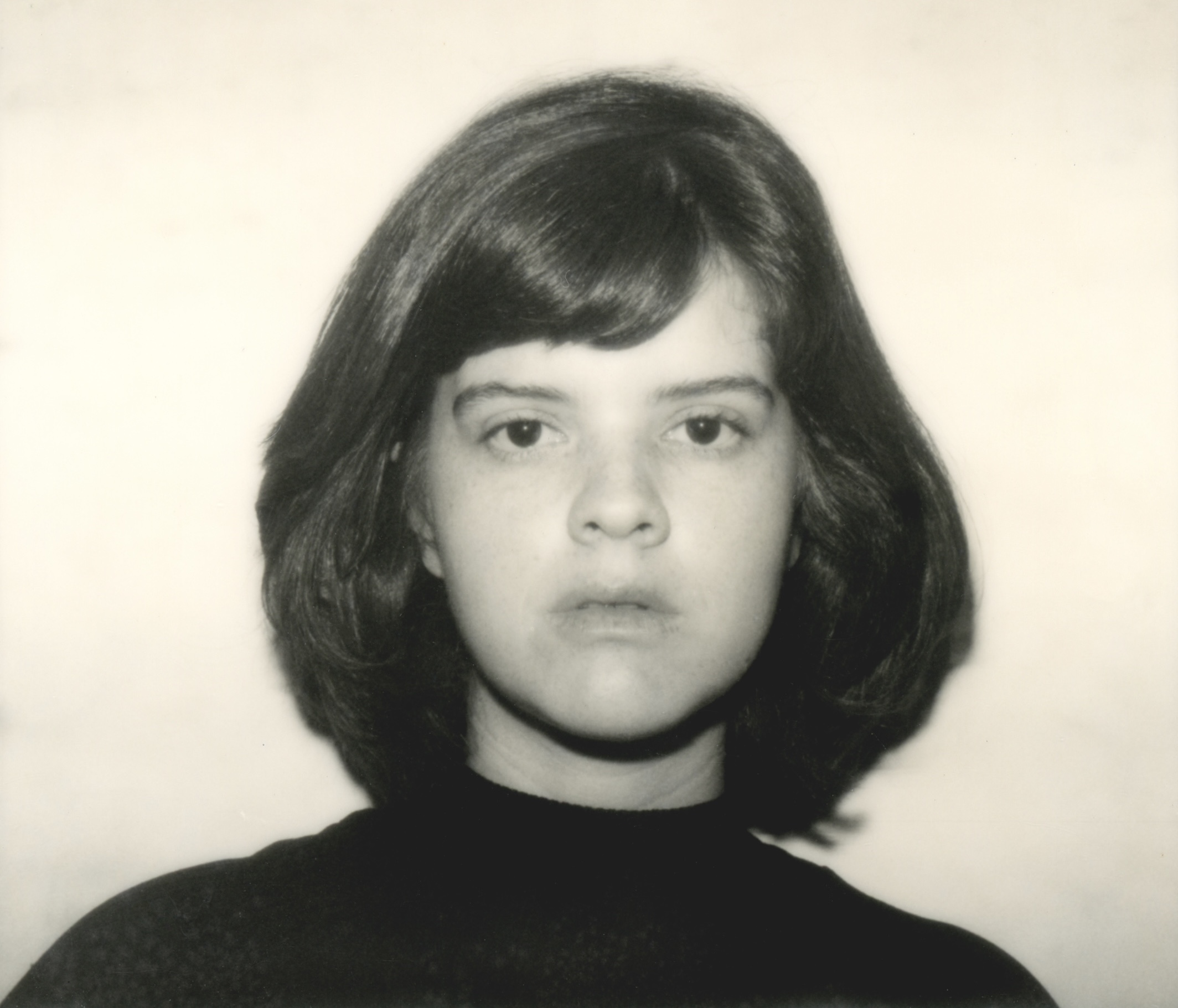 Nicole Remy (Peru/Spain). I studied Audiovisual Communications (University of Lima, 2015) and continued with a Masters Degree in Art Direction (ESCAC, 2016). In 2018 I joined Taller Helios (Lima) where I worked with film archive material, analog film and photography techniques. That same year I developed my first film Detenerte en el pulso from family movies on Super 8 and VHS. Did the Masters in Audiovisual Creation and Contemporary Practice, Madrid, 2021–2022, where I focused on structural cinema, working with the limitations, and therefore possibilities, of the movie camera and film support. With an interest in visual perception, I dedicate myself to researching different manual ways of creating images through the construction of Super 8 pinhole cameras—questioning the frame as the minimum unit of cinema—and also with the illusion of movement and sound synchrony through film projectors.
Nicole Remy (Peru/Spain). I studied Audiovisual Communications (University of Lima, 2015) and continued with a Masters Degree in Art Direction (ESCAC, 2016). In 2018 I joined Taller Helios (Lima) where I worked with film archive material, analog film and photography techniques. That same year I developed my first film Detenerte en el pulso from family movies on Super 8 and VHS. Did the Masters in Audiovisual Creation and Contemporary Practice, Madrid, 2021–2022, where I focused on structural cinema, working with the limitations, and therefore possibilities, of the movie camera and film support. With an interest in visual perception, I dedicate myself to researching different manual ways of creating images through the construction of Super 8 pinhole cameras—questioning the frame as the minimum unit of cinema—and also with the illusion of movement and sound synchrony through film projectors.
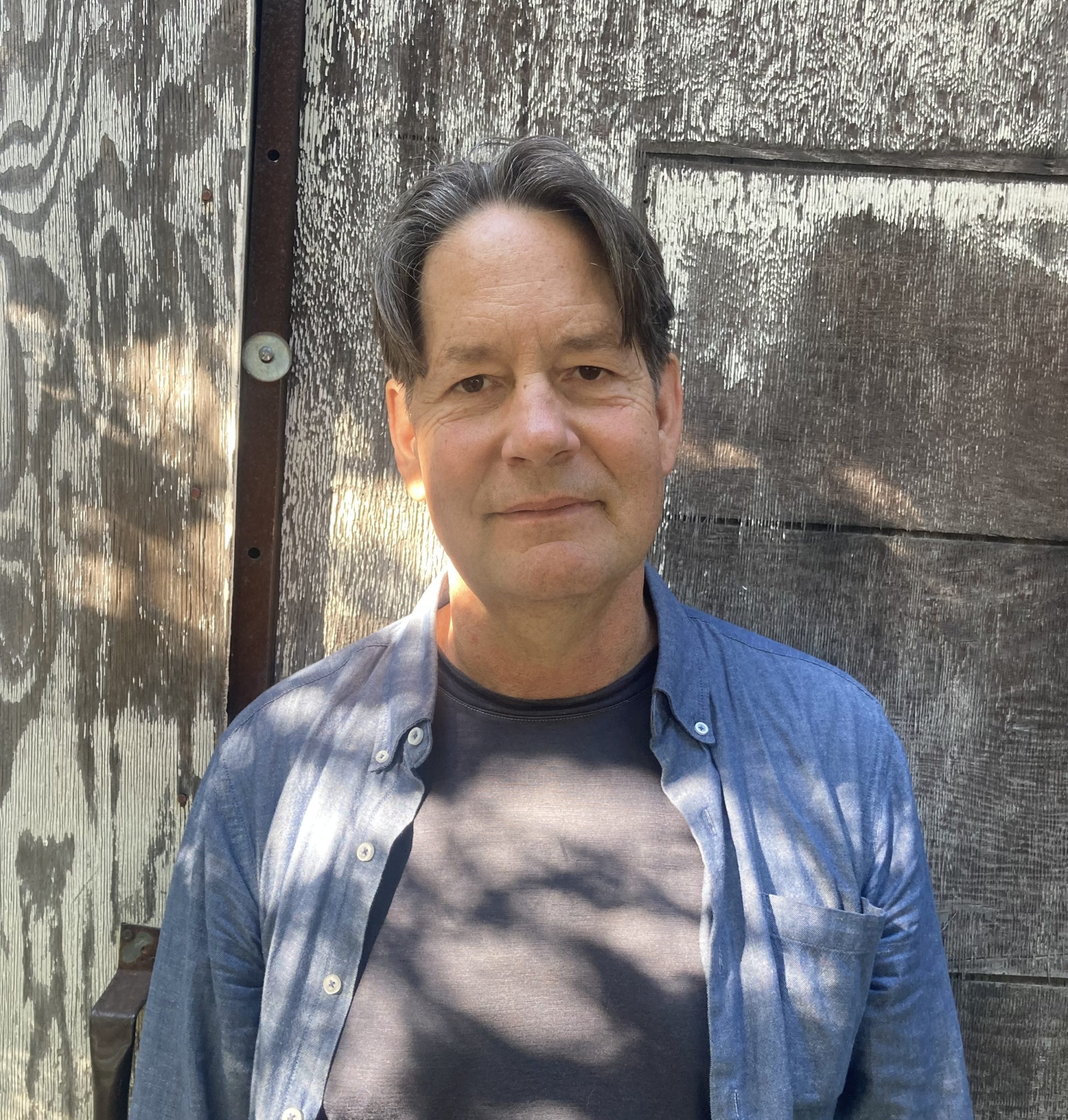 Michael Damm (US) is a filmmaker and installation artist based in Oakland CA. His work has been shown in galleries and museums nationally and internationally, including Catharine Clark Gallery (San Francisco), SF Camerawork, Belkin Satellite Gallery (Vancouver), Plus Kunst (Dusseldorf), Galeria Sztuki Wspolczesnej (Opole, Poland) and Cooley Memorial Art Gallery (Portland).
Michael Damm (US) is a filmmaker and installation artist based in Oakland CA. His work has been shown in galleries and museums nationally and internationally, including Catharine Clark Gallery (San Francisco), SF Camerawork, Belkin Satellite Gallery (Vancouver), Plus Kunst (Dusseldorf), Galeria Sztuki Wspolczesnej (Opole, Poland) and Cooley Memorial Art Gallery (Portland).
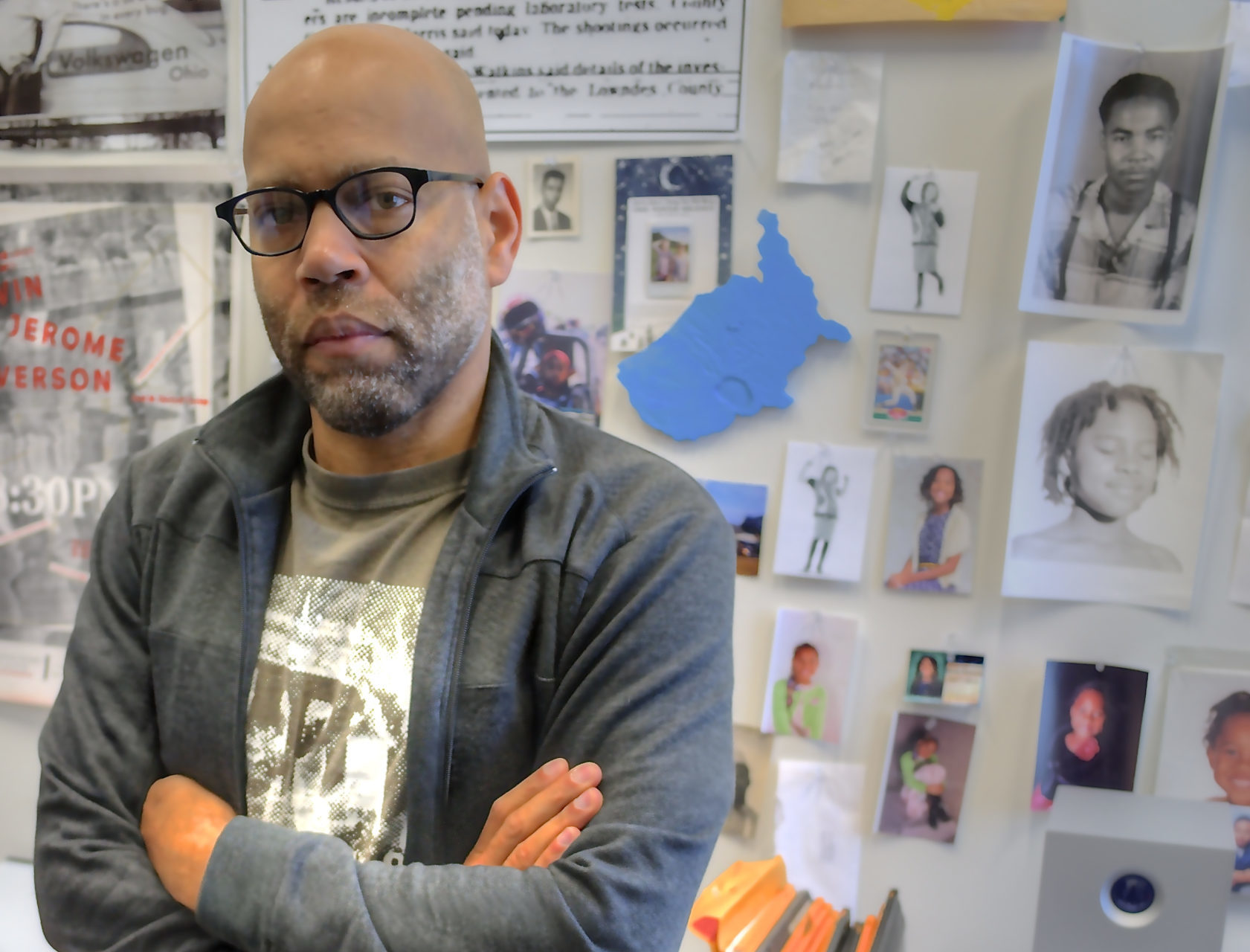 Kevin Jerome Everson (US) (b.1965, Mansfield, Ohio). Professor of Art at University of Virginia, Charlottesville. Everson’s art practice encompasses printmaking, sculpture, photography and film. Recipient of the Guggenheim; Berlin Prize; Heinz Award in Art and Humanities; Alpert Award for Film/Video and Rome Prize. His work has been featured in mid-career retrospectives at Cinéma du réel; Harvard Film Archive; Tate Modern/Film; Whitney Museum; Centre Pompidou; Modern and Contemporary Art Museum, Seoul; Cinematek Brussels; the Whitney Biennial, Sharjah Biennial and the Carnegie International.
Kevin Jerome Everson (US) (b.1965, Mansfield, Ohio). Professor of Art at University of Virginia, Charlottesville. Everson’s art practice encompasses printmaking, sculpture, photography and film. Recipient of the Guggenheim; Berlin Prize; Heinz Award in Art and Humanities; Alpert Award for Film/Video and Rome Prize. His work has been featured in mid-career retrospectives at Cinéma du réel; Harvard Film Archive; Tate Modern/Film; Whitney Museum; Centre Pompidou; Modern and Contemporary Art Museum, Seoul; Cinematek Brussels; the Whitney Biennial, Sharjah Biennial and the Carnegie International.
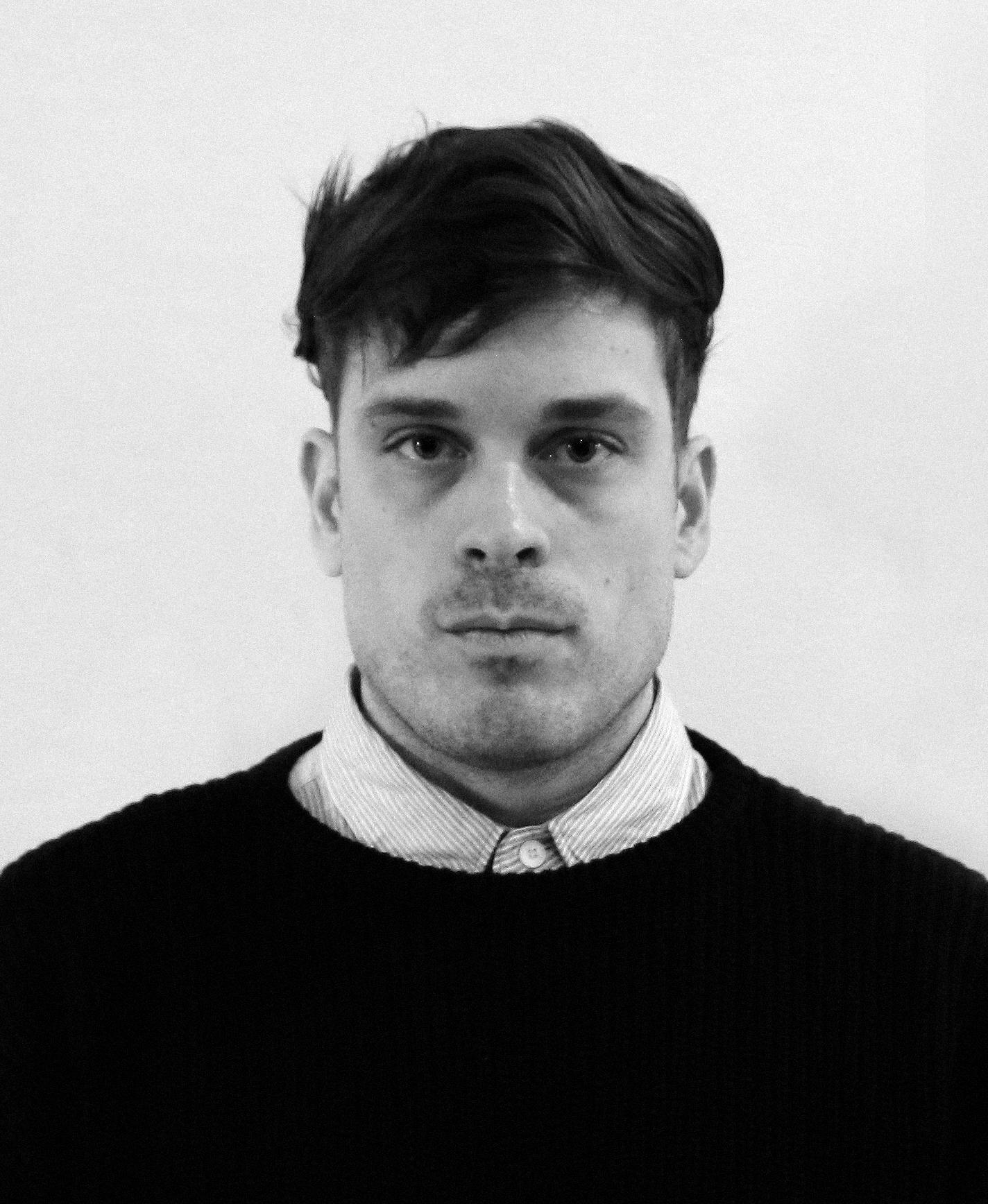 Christopher Thompson (US) is an American filmmaker whose work examines desire, capital and the seemingly supernatural forces that govern its acceleration. He lives and works in Brooklyn, NY.
Christopher Thompson (US) is an American filmmaker whose work examines desire, capital and the seemingly supernatural forces that govern its acceleration. He lives and works in Brooklyn, NY.
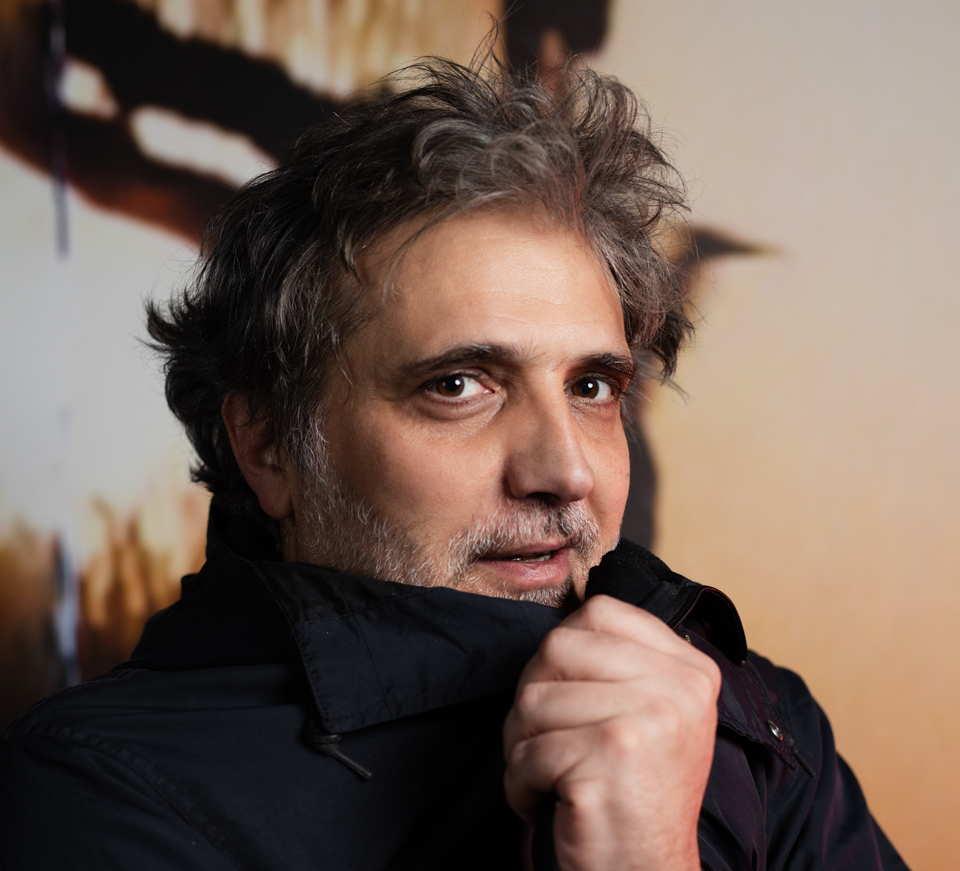 Pablo Mazzolo (Argentina) is a filmmaker and educator born in Buenos Aires in 1976. He works exclusively in analogue film formats exploring the optical and chemical properties of the medium with a particular focus on human and natural landscapes. His work has tackled themes such as indigenous sovereignty, the spectre of military dictatorship, extinction and environmental catastrophe. He received an MFA from the University of Buenos Aires (2001). His films, including Diego La Silla (2000), Oaxaca Tohoku (2011), El Quilpo sueña cataratas (2012), Fotooxidación (2013) and Ceniza Verde (2019) have been widely exhibited at festivals, museums and galleries internationally. Mazzolo is Professor at the National University of Quilmes, works as a freelance documentary film editor and teaches workshops on visual perception and image creation to young people living with autism. He lives and works in Buenos Aires.
Pablo Mazzolo (Argentina) is a filmmaker and educator born in Buenos Aires in 1976. He works exclusively in analogue film formats exploring the optical and chemical properties of the medium with a particular focus on human and natural landscapes. His work has tackled themes such as indigenous sovereignty, the spectre of military dictatorship, extinction and environmental catastrophe. He received an MFA from the University of Buenos Aires (2001). His films, including Diego La Silla (2000), Oaxaca Tohoku (2011), El Quilpo sueña cataratas (2012), Fotooxidación (2013) and Ceniza Verde (2019) have been widely exhibited at festivals, museums and galleries internationally. Mazzolo is Professor at the National University of Quilmes, works as a freelance documentary film editor and teaches workshops on visual perception and image creation to young people living with autism. He lives and works in Buenos Aires.
